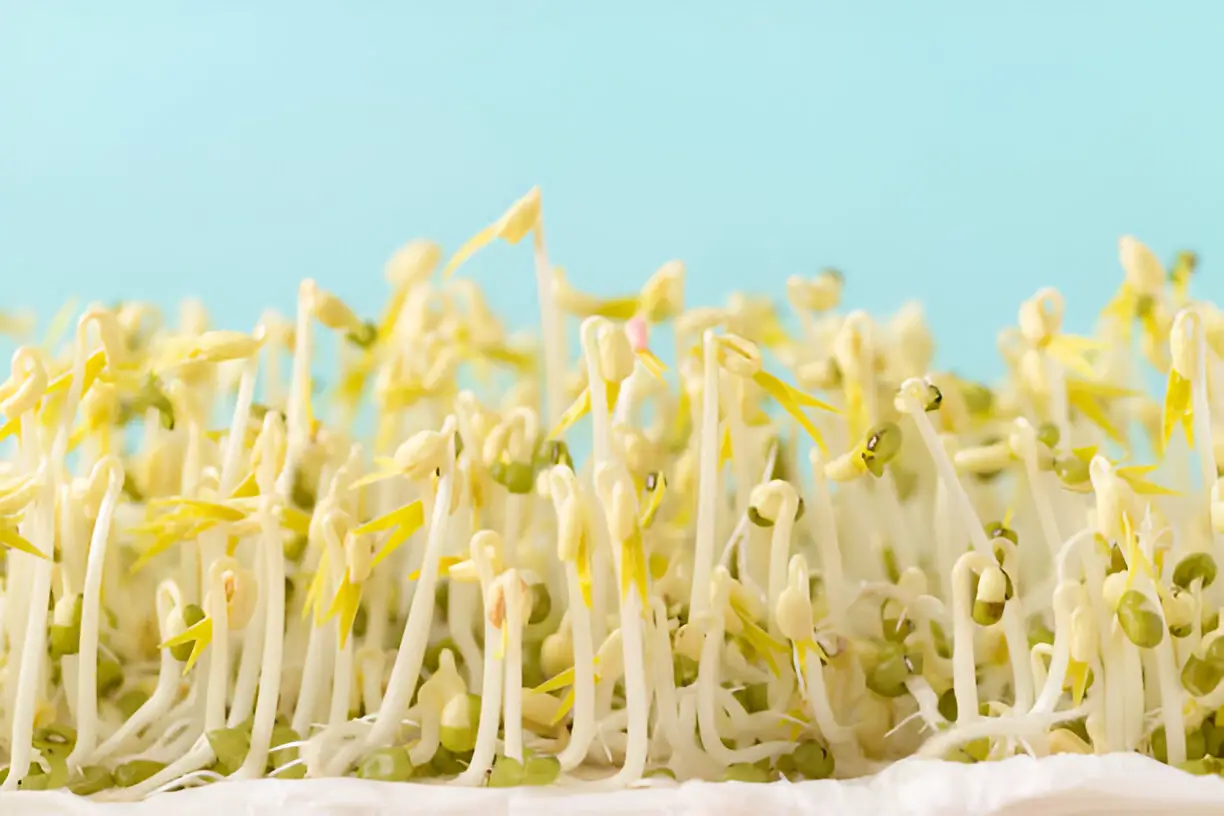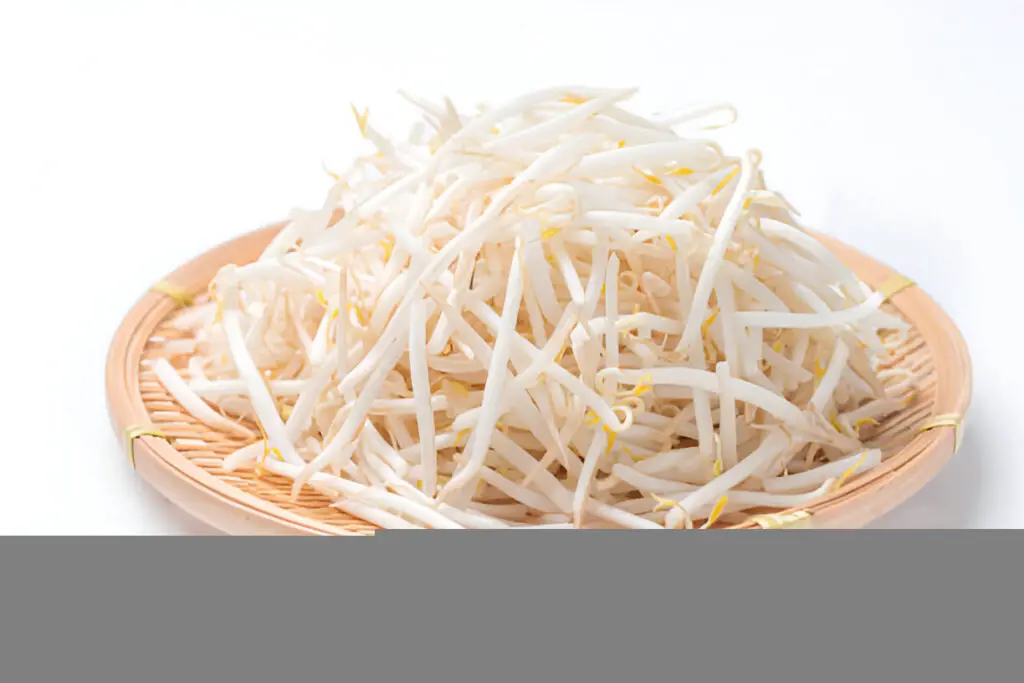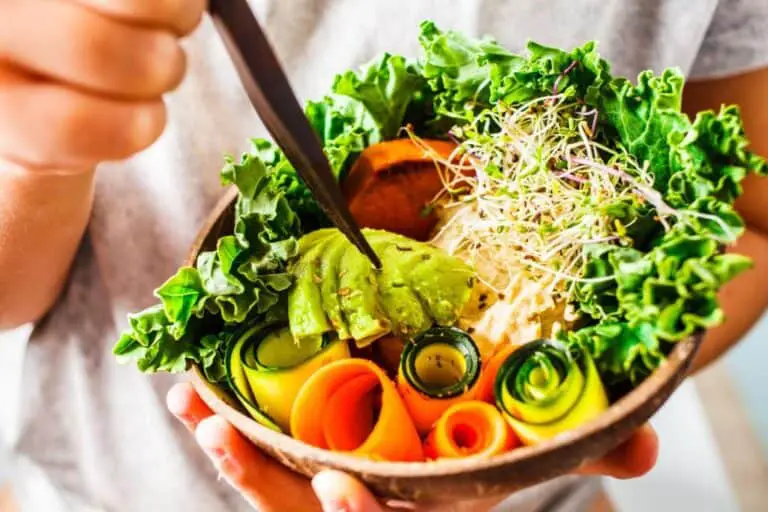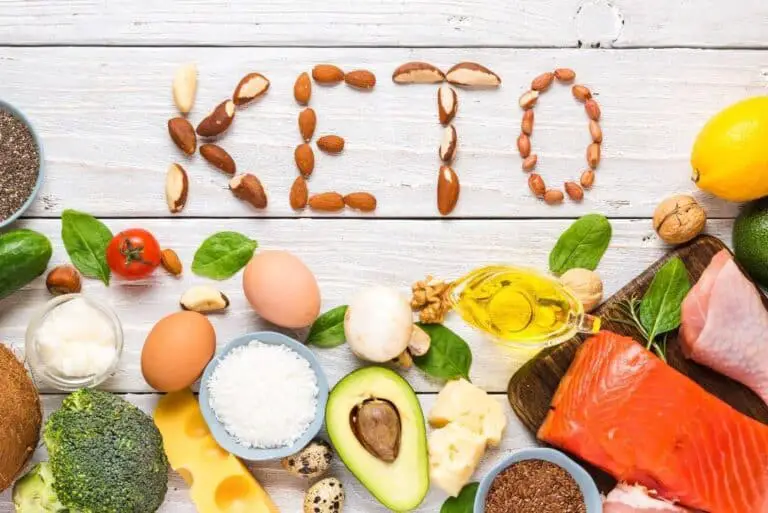Which Bean Sprouts Are the Healthiest and Have the Most Nutrients?

I’ll be the first to admit it—I used to walk right past the bean sprouts at the grocery store like they were bland sidekicks in a superhero movie. But once I started digging into healthy eating, I realized these crunchy little powerhouses were packing way more than texture.
They’re the unsung heroes of the sprout world, bursting with vitamins, minerals, and plant-based protein. If you’ve ever wondered which bean sprouts are the healthiest and deserve a permanent place in your salad bowl or stir-fry pan, pull up a chair.
Let’s dive into the sprouting scene and find out which beans are just flexing and which ones are truly fueling.
Why Sprouts Deserve a Spot on Your Plate
Bean sprouts aren’t just crunchy garnish—they’re baby plants on the brink of life, caught in that sweet spot when enzymes are waking up and nutrients are at their peak. In short, they’re nature’s multivitamin like superfood.
When beans sprout, they break down complex compounds into easier-to-digest forms. That means more bioavailable nutrients, better protein digestion, and fewer anti-nutrients (the stuff that blocks absorption). So, you’re not just eating food—you’re eating potential.

What Makes a Sprout “Healthy,” Anyway?
Before we play favorites, let’s set the bar. A healthy sprout checks these boxes:
- Rich in vitamins and minerals
- High in protein or fiber
- Low in calories, but big on benefits
- Easy to digest
- Loaded with antioxidants and enzymes
Now, let’s meet the contenders.
The Nutritional Heavyweights: Top Bean Sprouts Ranked
Below is a table comparing some of the most popular bean sprouts. I’ve included the nutritional highlights based on 100g servings of raw, sprouted beans.
| Bean Sprout | Calories | Protein (g) | Fiber (g) | Vitamin C | Iron | Key Nutritional Wins |
| Mung Bean | 30 | 3.0 | 1.8 | High | Moderate | Low cal, high vitamin C |
| Lentil | 106 | 9.0 | 7.9 | Moderate | High | Protein & fiber giant |
| Chickpea | 164 | 9.1 | 8.0 | Low | High | Dense, protein-rich |
| Adzuki | 145 | 7.0 | 7.3 | Moderate | High | Great for heart health |
| Soybean | 122 | 13.0 | 6.2 | Low | High | Plant protein monster |
| Alfalfa (Not a bean) | 23 | 1.4 | 1.9 | Very high | Low | Antioxidant-rich, low cal |
Mung Bean Sprouts: The Crunchy Crowd-Pleaser
If I had a dollar for every time a mung bean sprout ended up in my stir-fry, I could probably buy a year’s worth of groceries. They’re affordable, versatile, and surprisingly nutrient-rich.
- Low in calories but high in vitamin C (hello, immune boost)
- Contains enzymes that aid digestion
- Mild flavor that plays well with others
They’re the salad bar MVPs for a reason. If you’re new to sprouts, mung bean sprouts are a great entry point. They don’t try to steal the show, but they’ll quietly elevate your meals.
Lentil Sprouts: The Protein Punch
Now here’s where things get serious. Lentil sprouts are the gym rats of the sprouting world. They come in swinging with nearly 9 grams of protein per 100g. That’s more than a boiled egg!
These sprouts also bring:
- High fiber for gut health and satiety
- Iron and folate to keep your blood and brain sharp
- A slightly nutty flavor that adds character
I love tossing these into wraps or Buddha bowls when I want something hearty but not heavy.
Chickpea Sprouts: The Slow Burn
Chickpeas take their time to sprout—kind of like the friend who’s always fashionably late but brings the good wine. But once they show up, they’re full of substance.
- Excellent plant-based protein
- Loads of fiber for digestive support
- Rich in magnesium and potassium for heart health
They’re a bit denser and starchier than others, so I often roast them lightly after sprouting for a crunchy snack. Think of them as a more nutritious version of croutons.
Adzuki Bean Sprouts: The Heart-Healthy Underdog
Adzuki beans don’t get the spotlight they deserve. Native to East Asia, these red beauties offer:
- Solid protein and fiber combo
- Natural antioxidants like anthocyanins
- May help lower cholesterol and support kidney health
Their mildly sweet flavor makes them perfect in grain bowls or even blended into smoothies. Yep, smoothies—I swear by it.
Soybean Sprouts: The Plant-Based Powerhouse
If mung beans are your easy-going roommate, soybean sprouts are the bodybuilders of the bunch. They’ve got the highest protein content of all the bean sprouts. We’re talking 13 grams per 100g—that’s serious muscle fuel.
But here’s the catch: soybeans are also more calorie-dense and contain compounds called phytoestrogens, which can affect hormone balance in large amounts. I enjoy them in moderation, especially in Korean dishes like kongnamul muchim—a seasoned soybean sprout side dish that’s equal parts spicy and refreshing.
| Read: Are Supermarket Bean Sprouts Actually Safe to Eat Raw? |
Alfalfa Sprouts: The Bonus Round
Okay, technically not a bean, but let’s give credit where it’s due. Alfalfa sprouts are like the feather-light dancer among weightlifters—delicate but powerful.
- Super low in calories
- Loaded with vitamin K, vitamin C, and phytonutrients
- High in antioxidants that help fight inflammation
They’re best raw and fresh, nestled into sandwiches, wraps, or breakfast toasts. They bring a peppery crunch and a nutritional punch.
Best Sprouts for Your Goals
Need help picking the right sprouts for your needs? Here’s a cheat sheet:
| Your Goal | Best Sprout Choice |
| Lose weight | Mung or alfalfa |
| Build muscle | Soybean or lentil |
| Improve digestion | Lentil or chickpea |
| Boost immunity | Mung or alfalfa |
| Heart health | Adzuki or chickpea |
| Low-cal snacking | Alfalfa or mung |
Sprouting at Home: Easy as Soak, Rinse, Repeat
Store-bought sprouts are convenient, but I get a kick out of growing my own. It’s like watching a time-lapse of life, right in my kitchen.
Here’s how I usually do it:
- Soak your beans overnight in filtered water.
- Drain and rinse thoroughly.
- Place them in a jar with a mesh lid or cheesecloth.
- Rinse and drain twice a day for 3–5 days.
- Watch them sprout and come alive!
Keep them away from direct sunlight, and make sure everything stays clean. No one wants funky sprouts (unless you’re fermenting, but that’s another story).
Word of Caution: Safety First
Raw sprouts can harbor bacteria if not handled properly. I always:
- Use clean jars and fresh water
- Rinse thoroughly
- Refrigerate right after they sprout
- Cook them lightly if I’m unsure
If you’ve got a sensitive immune system, consider giving them a quick sauté before eating. It preserves most of the nutrition without the risk.
| Check out: What Kind of Bean Sprouts Do Chinese Cooks Use? |
Final Thoughts: Sprout Up, Don’t Sell Out
Bean sprouts might not be flashy, but they’re the quiet overachievers in your kitchen—low-key, nutrient-rich, and ready to level up your meals. Whether you’re chasing gains, trimming the waistline, or just want to eat a little cleaner, there’s a bean sprout out there for you.
For me, I keep a rotation: mung for crunch, lentils for bulk, and chickpeas for snack attacks. I’ve learned that good health doesn’t have to be complicated—sometimes it’s just a sprout away.






